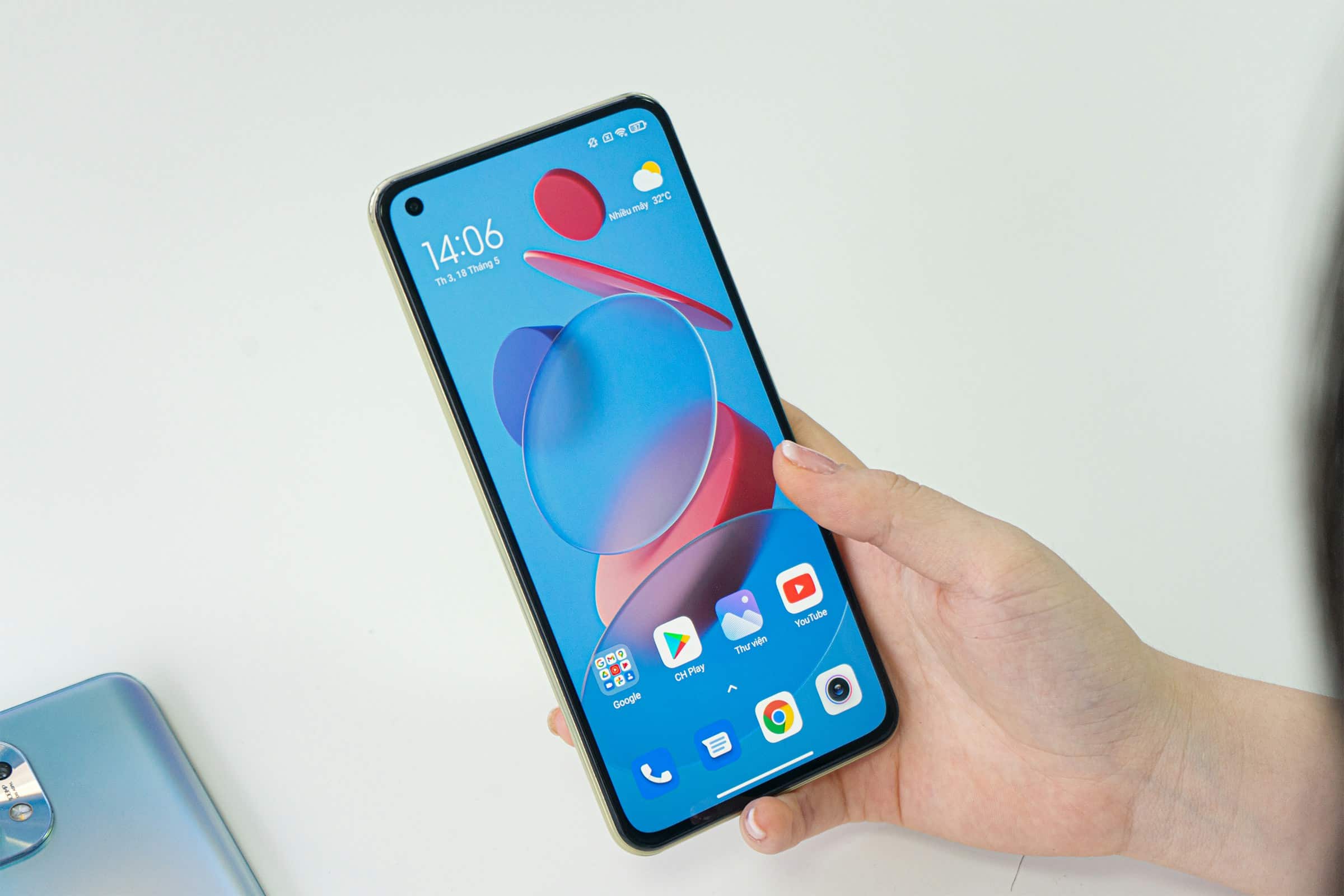What Are the Advancements in OLED Display Technology for Smartphones?

In this digital age, it’s almost impossible to find a person without a smartphone in their hand. These devices have become our lifeline, connecting us to a world of information, entertainment, and communication. One of the key components that has seen significant technological advancements in recent years is the smartphone display. The battle between LCD and OLED has been fierce, with OLEDs now taking the lead due to their superior quality and energy efficiency. In this article, we will delve into the details of OLED display technology, focusing on its advancements, how it works, and its market standing among smartphones.
OLED: A Glimpse Into the Technology
OLED, or Organic Light Emitting Diode, is a display technology that has changed the way we look at our screens. Unlike traditional LCD screens, OLEDs produce light when electricity is applied to specific organic materials. This process eliminates the need for a backlight, which is essential in LCD screens, thus saving energy.
Also to see : How Can Deep Learning Techniques Advance Real-Time Language Interpretation for Deaf Individuals?
The technology behind OLEDs is quite fascinating. The OLED display is made up of a series of organic layers between two conductors. When an electric current is applied, a bright light is emitted. This light can be of any color and is produced directly from the organic material.
The major attraction of OLED displays is their ability to produce true blacks. This is because each pixel in an OLED display is independently lit. When the pixel needs to display black, it simply turns off, resulting in a deep and true black color. This attribute contributes to the high contrast ratio of OLED displays, which ultimately leads to better picture quality.
This might interest you : How Are Contactless Biometric Systems Improving Security and Hygiene in Public Spaces?
Samsung’s Dominance in the OLED Market
When we talk about OLED displays, it’s impossible to ignore the role of Samsung. The South Korean tech giant is the leading provider of OLED displays for smartphones, holding a significant market share. Samsung’s AMOLED (Active Matrix Organic Light Emitting Diode) technology is widely recognized for its superior quality.
AMOLED is a specific type of OLED, where each pixel includes a thin-film transistor. This feature allows for greater control over the light emitted by each pixel, resulting in higher resolution images and more vibrant colors. Samsung’s flagship smartphones, like the Galaxy series, use AMOLED displays, offering an immersive and high-quality viewing experience to their users.
Striving for Blue: The Ongoing Challenge
One of the significant challenges faced in OLED technology is achieving a stable and efficient blue light. Blue OLEDs have a shorter lifespan and are less energy-efficient compared to red and green OLEDs. This issue is known as the "blue problem" in the OLED industry.
Researchers and manufacturers are relentlessly working on finding a solution to this problem. Several techniques like phosphorescent Organic Light Emitting Diodes (PHOLED) and thermally activated delayed fluorescence (TADF) are being explored. Once a solution is found, it will greatly enhance the energy efficiency and lifespan of OLED displays.
OLEDs: The Future of Smartphone Displays
With their superior color reproduction, energy efficiency, and lightweight design, OLEDs are undoubtedly the future of smartphone displays. The advancements in OLED technology are also paving the way for more innovative and flexible devices. Imagine smartphones with foldable or rollable displays. This may sound like a scene from a science fiction movie, but with OLED technology, it’s very much a possibility.
Furthermore, as the smartphone market continues to grow, the demand for OLED displays is also expected to rise. According to market research, the OLED display market is projected to reach $48.81 billion by 2023, a clear indicator of its growing popularity.
Maintaining Quality in OLED Display Manufacturing
To ensure the superior quality of OLED displays, stringent quality control is essential during the manufacturing process. One minor defect can lead to a significant drop in the display performance. To maintain high-quality standards, manufacturers employ various inspection and repair techniques.
With the advancements in OLED technology, we can expect even more innovative and efficient displays in the future. These advancements will not only enhance our smartphone experience but also pave the way for new possibilities in the realm of display technology.
Tackling Power Consumption and Longevity in OLED Displays
The marvel of OLED technology doesn’t come without its challenges. One of the most significant concerns is the relatively higher power consumption in displaying bright or white colors. Given that a lot of content on the web and mobile applications have white or light backgrounds, this can potentially lead to quicker battery drain in OLED-based smartphones.
Furthermore, the longevity of OLED displays has also been a subject of concern. As aforementioned, the life span of blue organic light-emitting diodes is shorter compared to their green and red counterparts, leading to differential aging of the display. This often results in a phenomenon known as "burn-in," where ghost images from previously displayed content seem to linger on the screen.
However, smartphone manufacturers and researchers are relentlessly working on these issues. Techniques and features like dark mode on apps and operating systems, dynamic color adjustment, and panel refresh are being used to improve power consumption and minimize burn-in effects. The future of OLED technology holds a lot of promise as these issues are progressively being addressed, taking us a step closer to more efficient and longer-lasting OLED displays.
Mini LED: A Contender in the Display Market
While OLED has taken a significant lead in the display market, it’s not without competition. One emerging technology that has been making waves in the consumer electronics industry is the Mini LED. While OLED panels offer superior color contrast and deep blacks, Mini LED technology is not far behind.
Mini LED displays utilize tiny light-emitting diodes, offering a high contrast ratio and excellent brightness levels. While they may not match the individual pixel control of OLEDs, Mini LEDs are gaining popularity for their longevity and less susceptibility to burn-in.
Moreover, the cost of producing Mini LED displays is lower compared to OLED displays, making it an attractive alternative for manufacturers. Despite this, OLED displays still hold the upper hand when it comes to energy efficiency and the ability to produce ultra-thin and flexible screens.
Conclusion: The Unstoppable Growth of OLED Technology
The rapid advancements in OLED display technology have been nothing short of impressive. With superior image quality, energy efficiency, and the potential for innovative designs like foldable and rollable screens, OLED displays have set a new standard in the smartphone display market.
Overcoming challenges like power consumption and blue light stability are areas of further research and development. Nevertheless, the strides made in OLED technology are undeniable, and the market growth is a testament to its success. Despite competition from technologies like Mini LED, OLED’s advantages make it a market leader.
As we look to the future, one thing is clear – OLED displays will continue to shape the world of consumer electronics. From smartphones to televisions, wearables to signage, OLED technology’s application is far-reaching. The day is not far when we will see the science fiction-esque concept of rollable and foldable displays become a reality. With the relentless innovation and research in OLED technology, the possibilities are truly limitless.
